
Get your FREE 30-day trial.
Start by selecting a product:
Salesforce volunteers, together with Volunteer Building Cambodia (VBC) recently completed the build of the 200th VBC house. These Khmer-style wooden houses not only provide shelter and security for Cambodian families living in need, but also signify the overall improvement in their standard of living.
The build of the 200th VBC house is a celebration that Salesforce shared with VBC, marking our commitment to each other and the success of Salesforce’s model of integrated corporate philanthropy.
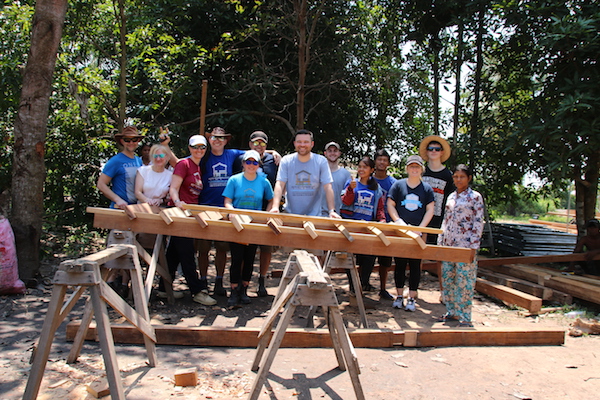
In our first year working with VBC, we sent one team of about 20 people to help build VBC’s houses – 10 from Australia and New Zealand, and the rest from our Asia offices. The following year, we organised two trips; the year after that, four. Last year, 11 teams travelled to Cambodia to pitch in – and the partnership keeps growing.
And what started as an APAC initiative has now gone global. It's incredible to have people come from all over the world, and we encourage people to come whenever they can.
Ahead of my first trip in 2012, I had been encouraged by my manager to take on more responsibility. I'd never been to Cambodia before, so this was a way to see and experience a new country and, at the same time, give back to society, see leadership in action and flex my ‘responsibility muscle’.
That first build I was involved in was for a widow with five kids, who all lived in a muddy hut. Their sleeping arrangements were a little bed for a platform by the hut, and the kids dressed in their school uniforms most of the time – the very best clothes they had.
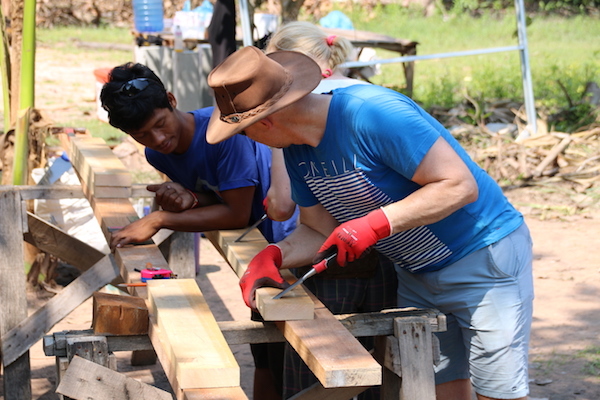
We tore the whole house down in order to build her a new home and completed a seven-day build in four days. We also donated new clothes, toys and books. We didn’t want to just meet basic needs, we wanted to make their lives more comfortable as well.
On my second trip the next year, I visited that first family again and saw how much their lives had improved. The mother had even been able to add some ‘luxuries’ – including a television.
I have now been to Cambodia more than any other country (and I travel a lot!).
A typical build takes about five days, because the houses are ‘kit homes’ and very similar in design – sometimes the design changes based on the size of the family, and the build can take longer for larger houses. The first day consists of using hand tools to saw, measure and nail the frame, with villagers from the community and neighbours working alongside the project team.
At the end of the second day, we raise the frame – it’s a special experience because in Cambodia, a primarily Buddhist country, the raising of the frame is sacred. Village elders bless the land and villagers thank the people building the house by tying food to the main beam that holds up the roof.
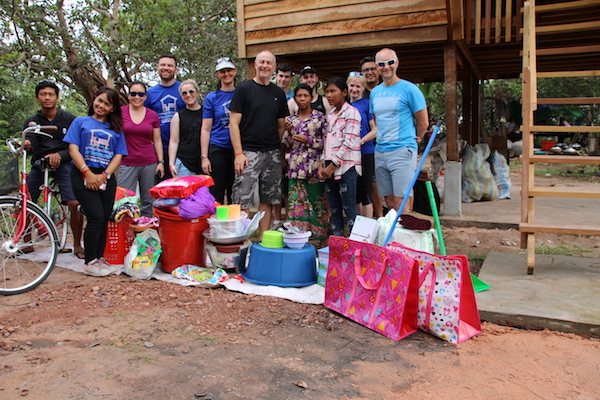
The walls go up on the third day, and we clean up on the fourth.
The best part is the fifth day – the housewarming. Monks come in and bless the home, and the community visits with little gifts for the family moving in. We try to make sure that we aren’t just building a house, but also supporting the community as they create a home for a family.
As are all of our builds, the 200th VBC house build was a celebration, and a joint effort between the Salesforce team and locals.
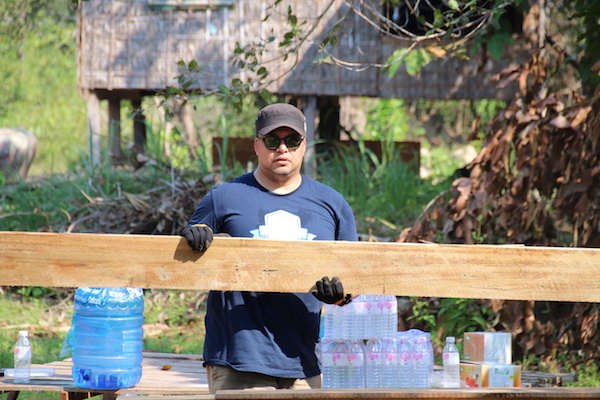
One of the best things about the 200th build was the involvement of former Salesforce team members who have been supporting Salesforce and VBC even since they moved on to other roles, so having them join us for the 200th build was fantastic – a little Ohana reunion.
This time around, we also painted the house red to celebrate the 200th build – this house is particularly special!
We’ve just recently completed the build of the 206th VBC house, and have another three builds planned for the rest of the year. The 206th build was special as well – it was the first that had Salesforce parents bringing along their children aged between 12 and 16.
It was a great way for the parent-child duos to spend some time together, as well as an opportunity to expose Aussie-born kids to the Cambodian country, people and culture. With any luck, the trip also set the kids on a path of lifetime support for giving back.
In this particular trip, there were five parents and six kids, including one six-year-old who wanted to join her teenage sister – she bossed us around and helped fill our water bottles.
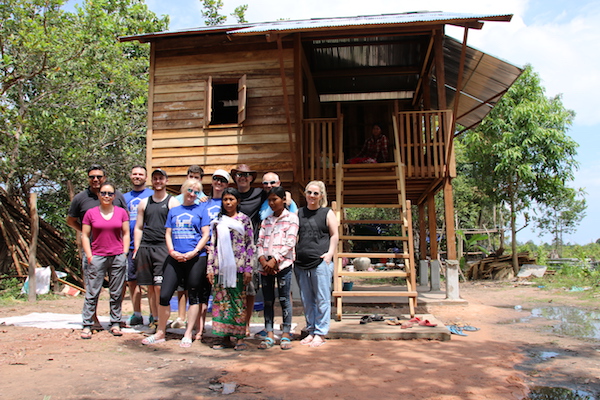
My advice to others in our Ohana considering such a trip is to not think about it, and just do it. The reality is, the most difficult part of any decision is the decision itself – once you've decided to join a build, everything else will fit into place.
Salesforce will continually support us by providing time off, but the amazing thing is, because we're constantly encouraging people to do more and more, we have a lot of managers who have stepped in and are using these events as a great way to bring their entire teams together.
This is a fantastic milestone as far as the partnership between Salesforce and VBC goes, but there are many other organisations and causes, and many people who need help. As employees of Salesforce and people who are fortunate in life, we should always consider making a difference in someone else's life, whatever shape or form. Every little bit counts.
A recent Nonprofit Industry Report by Salesforce found that 78 per cent of nonprofits are challenged to keep up with the growing demand for programs or services and that 14 per cent of them have no dedicated technology budget – only a quarter of nonprofits prioritise improving technology for program delivery and execution.
We are committed to using technology to improve the efficiency of our corporate philanthropy so that we can achieve as much as possible.
Our volunteers sign up on Salesforce.org and log all their hours there. Our teams communicate through Chatter to plan expeditions, and that’s where we also share photos. Because the teams come from all over the world, we get organised, plan, share and stay connected on the platform.
Read more about how shifts in technology are impacting nonprofits’ approach to program resourcing, delivery, engagement, and impact measurement. You can also give back to VBC by volunteering your time and/or making a financial donation. Find out more.